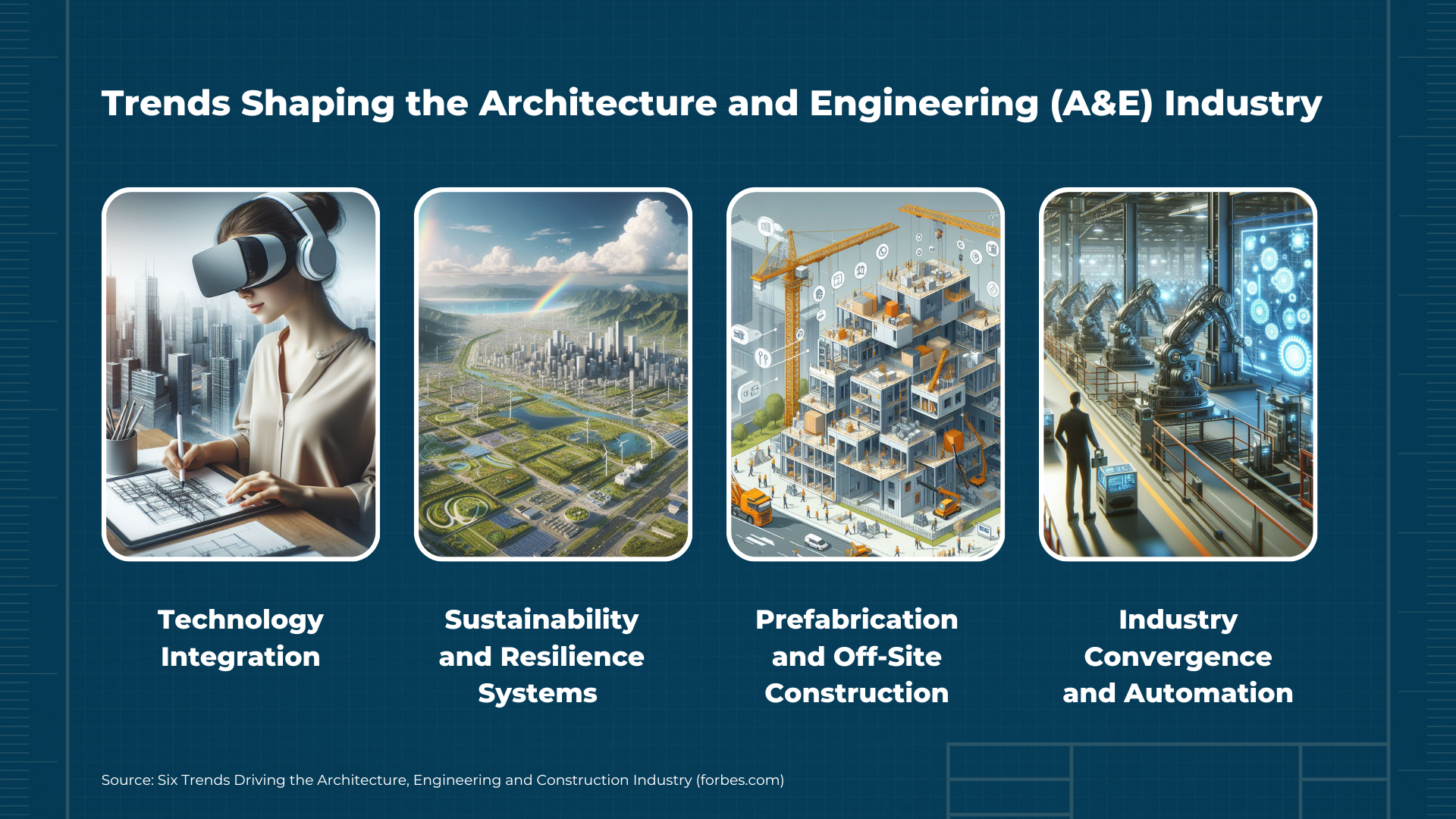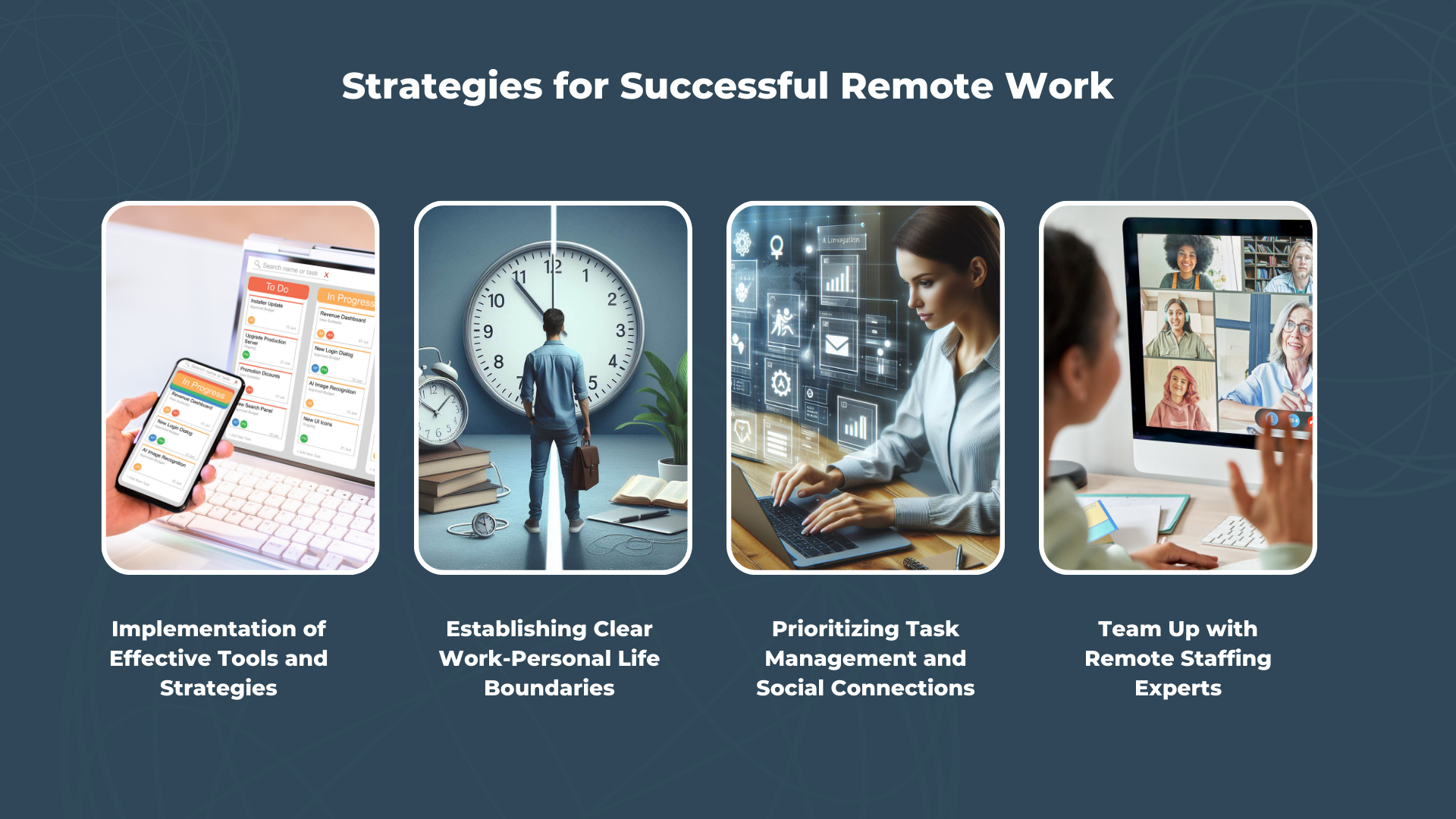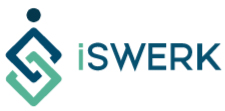
Is remote work redefining Architectural and Engineering (A&E) industry? The prevalence of remote work in the architecture and engineering industry in the United States is on the rise due to several factors, including technological advancements, rising demand for sustainable design, and changing client needs. Traditionally confined to physical spaces, this industry is now undergoing a profound transformation, largely owing to the rise of work from home setup. Let’s dive deep into current trends within the AEC (Architectural Engineering and Construction) industry, explore how remote work is reshaping the roles of architects and engineers, and learn the advantages of embracing remote work in the Philippines.
Global Construction Industry, At a Glance
The dynamic global construction sector is estimated to reach USD 10.5 trillion in 2023, laying the groundwork for long-term growth. Key markets in the United States, the United Kingdom, China, and India are leading this trend. Adopting green construction efforts marks a turning point all over the world.
Prefabricated projects and modular buildings are becoming more popular because they are sustainable and cost-efficient. Moreover, the recent trend of using smart technology is expected to boost industry growth to unprecedented heights.
The convergence of innovation, design, and structural evolution defines this sector. The A&E industry has long been synonymous with in-person collaboration, driven by creativity, precision, and constant innovation.
However, the landscape is shifting. Remote work is transforming how architects and engineers’ function, communicate, and invent, thanks to technological advancements.
Architecture and Engineering (A&E) trends in the USA
Technology, sustainability, and remote adaptation dominate the ever-changing world of Architecture and Engineering (A&E) trends. AEC firms are managing obstacles through a variety of technological advances:

- Technology Integration: The AEC leveraged 3D modeling, Building Information Modeling (BIM), virtual reality (VR), digital twins, artificial intelligence (AI), and collaborative tools to combat rising costs and project timelines.
- Sustainability and Resilience Systems: Using eco-friendly materials, green infrastructure, and decarbonization to build both environmentally aware and strong systems shows a dedication to sustainable practices and makes infrastructure stronger against environmental issues.
- Prefabrication and Off-Site Construction: Another trend we expect to see more of in the years to come is the use of prefabricated and off-site construction technologies. These alternate methods decrease building time, waste, and unnecessary costs.
- Industry Convergence and Automation: Material shortages and labor challenges were addressed through significant automation investments, enhancing design efficiency and supply chain agility.
These trends reflect a responsive shift within the Architectural Engineering and Construction (AEC) industry, addressing labor shortages, cost surges, and environmental responsibilities. Companies respond to this ever-changing landscape by adopting technology and cutting-edge approaches.
Remote Work Emerges as a Pivotal Trend
Remote work, propelled by technological advancements, has offered professionals in the A&E sector the freedom to operate from diverse locations.
Whether from home or co-working spaces, this shift allows for a better balance between personal and professional commitments, enabled by the connectivity of the digital era.
The integration of digital tools, robust communication platforms, and sophisticated project management software has been instrumental in fostering this transition to remote work within the A&E sector.
Examples of Successful Remote Architecture and Engineering Firms
Several remote architect and engineering firms stand as successful examples:
- J Kretschmer Architect: This firm has led a virtual architect team for 15 years, proving the feasibility of remote work in architecture.
- Margulies Perruzzi Architects: Embracing remote work, this firm highlights the successful implementation of remote collaboration in architecture.
- Saam Architecture: Established in 2014, Saam Architecture effectively operates remotely, underscoring architectural firms’ adaptability to remote work environments.
Benefits of Remote Work in Architecture and Engineering
While remote work has its own challenges, it can be a successful model for architectural and engineering firms. Remote work offers several benefits to architects and engineers, including increased flexibility and autonomy, cost savings, access to a global talent pool, and enhanced collaboration and communication.

Increased Flexibility and Autonomy
Remote work allows architects and engineers to work on their own schedule, allowing them to better manage their time and personal responsibilities. This increased flexibility can lead to higher job satisfaction and a better work-life balance.
Cost Savings and Work-Life Balance
Companies can save on office expenses, while employees benefit from reduced commuting costs and increased productivity in a more flexible work environment. Additionally, remote work enables professionals to focus on their work without the distractions of a traditional office environment, leading to increased productivity and a better work-life balance.
Access to Global Talent Pool
Engineers and architects may now access a worldwide talent pool and engage with individuals with a range of specialties and backgrounds. This could lead to more creative and varied designs, which would be advantageous to the industry and its customers.
Enhanced Collaboration and Communication
Technological advancements facilitate seamless real-time collaboration and communication among remote teams, irrespective of their physical locations.
In the architecture and engineering sector, remote collaboration thrives on a suite of crucial tools:
- BIM (Building Information Modeling) Software Track: BIM Track is a collaborative issue-tracking platform that integrates with BIM software used by architecture teams. Cloud-based BIM platforms are also essential for effective collaboration in remote work environments.
- Cloud-Based BIM Platforms: These platforms are essential for fostering effective BIM collaboration in remote setups, ensuring smoother workflows.
- Project Management Tools: Asana, Trello, and Microsoft Planner provide comprehensive project tracking, task management, and team collaboration.
- VR and AR Software: Used for top-tier collaboration, these programs enable the visualization of projects in a shared 3D space.
- File Sharing Platforms: Google Drive, Dropbox, and Box allow real-time file sharing, fostering collaboration and feedback.
- Communication Tools: Chanty and similar platforms offer diverse features crucial for remote teamwork.
These tools are vital in overcoming remote work challenges, enabling seamless communication, coordination, and data sharing among dispersed teams in architecture and engineering.
List of Popular Remote Jobs in Architect and Engineering
Within the AEC business, there are several popular remote architectural jobs, such as:
On the other hand, here are some of the most popular remote engineering positions in the AEC industry:
Challenges of Remote Work in Architecture and Engineering
- Low Employee Engagement: Isolation and disconnection from colleagues can affect engagement levels, emphasizing the need for strategies that foster social connections and a sense of belonging.
- Reduced Collaboration and Communication Barriers: Lack of face-to-face interaction may hinder creativity and problem-solving, necessitating clear communication protocols and effective task management systems.
- Need for Clear Communication Protocols and Task Management: Effective remote work requires structured communication and task management systems to ensure productivity and a healthy work environment.
Strategies for Successful Remote Work in Architecture and Engineering
Here are some practical tips for succeeding in remote work in architecture and engineering while navigating the field’s complexities:

1. Implementation of Effective Tools and Strategies
Utilizing communication tools and project management software is essential for task completion and maintaining connectivity among team members.
2. Establishing Clear Work-Personal Life Boundaries
Defining dedicated workspaces and schedules helps maintain a healthy work-life balance in a remote setup.
3. Prioritizing Task Management and Social Connections
Effective task management and nurturing social connections are critical for team engagement, productivity, and connectivity.
4. Team Up with Remote Staffing Experts
Navigating the challenges of remote staffing can be overwhelming. Working with experienced remote staffing professionals streamlines the process, assuring smooth operations and top-tier talent acquisition.
The Philippines as a Remote Work Hub
With English as its business language, cultural and linguistic barriers are minor, so tapping remote work in the Philippines is simple. Laws, legal documents, commercial proposals, and novels are all written in English, and it is widely utilized in education, business, and government.
Furthermore, it also decentralizes employment opportunities, reducing high-income jobs in cities like Manila, encouraging local economic growth in smaller towns. The local workforce’s skill in remote work in the Philippines serves as a driver for socioeconomic growth across the country.
Partner with iSWerk for Remote Work Success
At iSWerk, our pioneering role in remote staffing or offshoring services stems from a deep-rooted commitment to excellence and client satisfaction, setting us apart as the ultimate offshoring partner.
Here’s why businesses trust us implicitly with their remote work setups:
Dedicated Expertise: Our seasoned team ensures a seamless transition to remote work, leveraging years of industry immersion.
Tailored Solutions: We personalize approaches to align precisely with your objectives, optimizing remote setups for success.
Cutting-Edge Technology: iSWerk invests in state-of-the-art technology, empowering smooth operations in the digital landscape.
Talent Acquisition: Access top-tier professionals across fields, seamlessly meeting staffing needs.
Quality Assurance: Our strict processes ensure excellence in every task, consistently exceeding industry standards.
Cost-Efficiency: Partnering with iSWerk means significant cost savings without compromising expertise.
Final Thoughts
The bright future of remote work in architecture and engineering hinges on embracing its benefits while addressing challenges. Success in this industry will rely on effectively navigating the opportunities and complexities of remote work, ultimately fostering innovation and growth.
Partner with iSWerk and discover the benefits of remote work in the Philippines, wherever you are!
